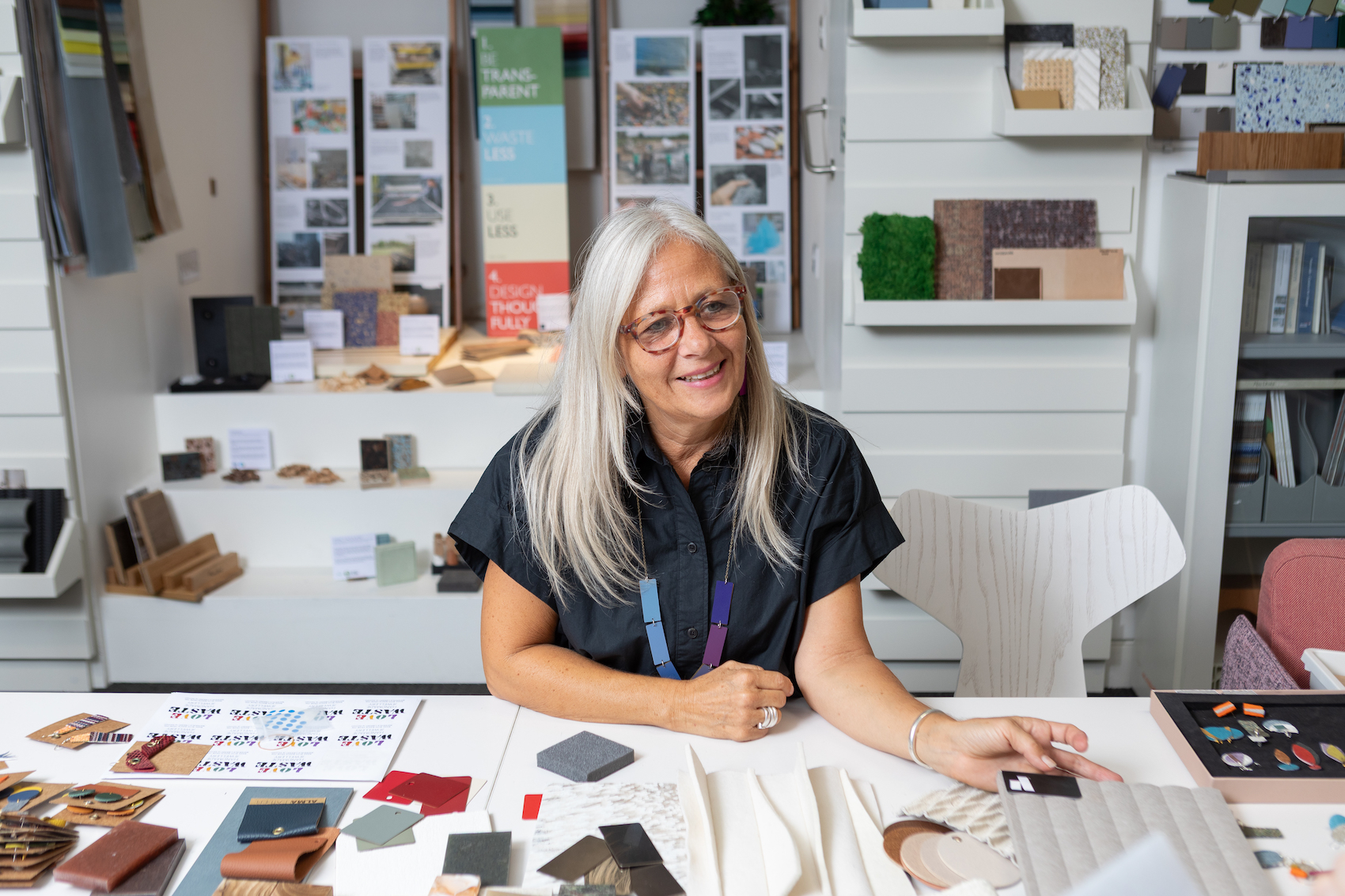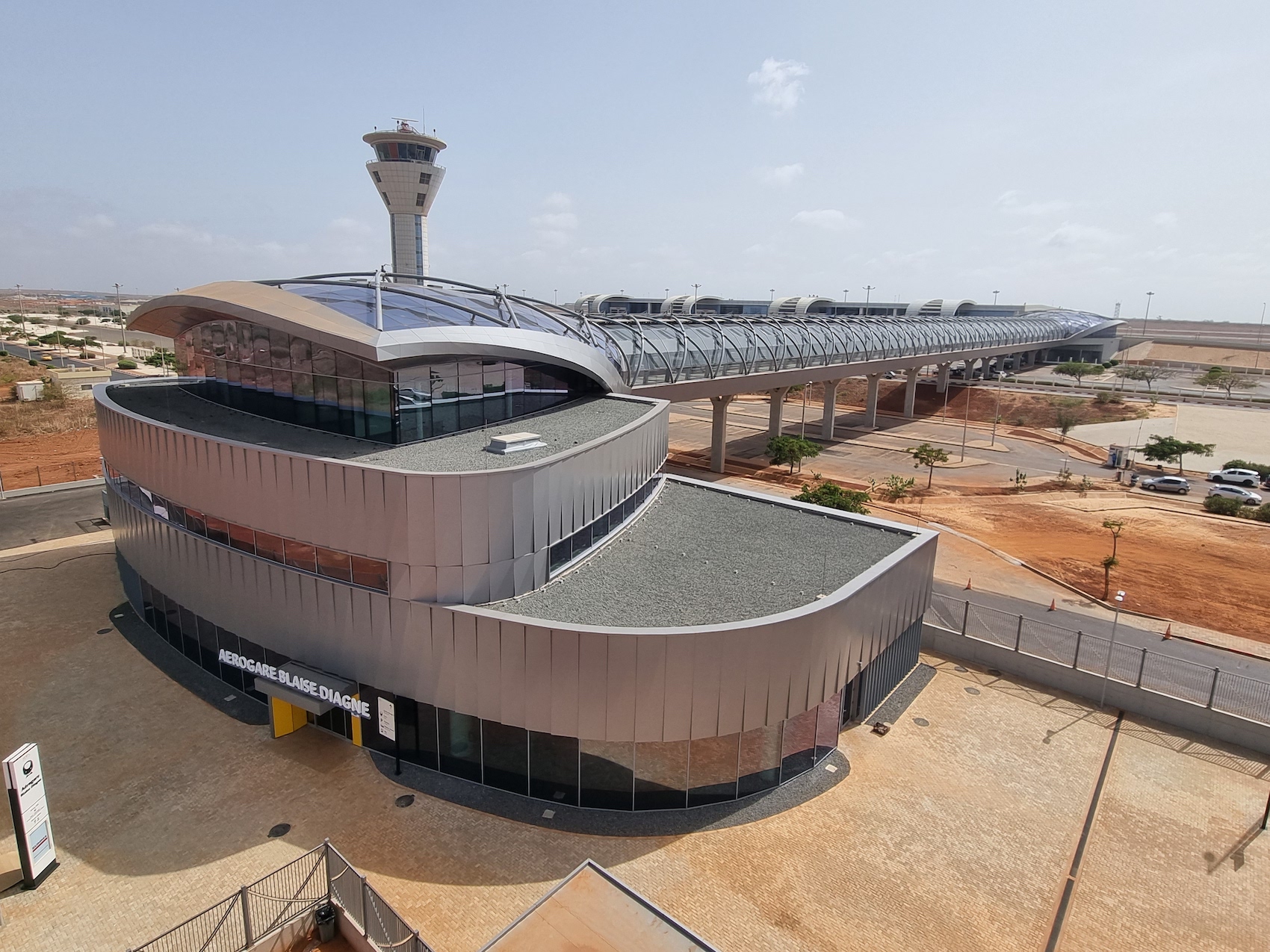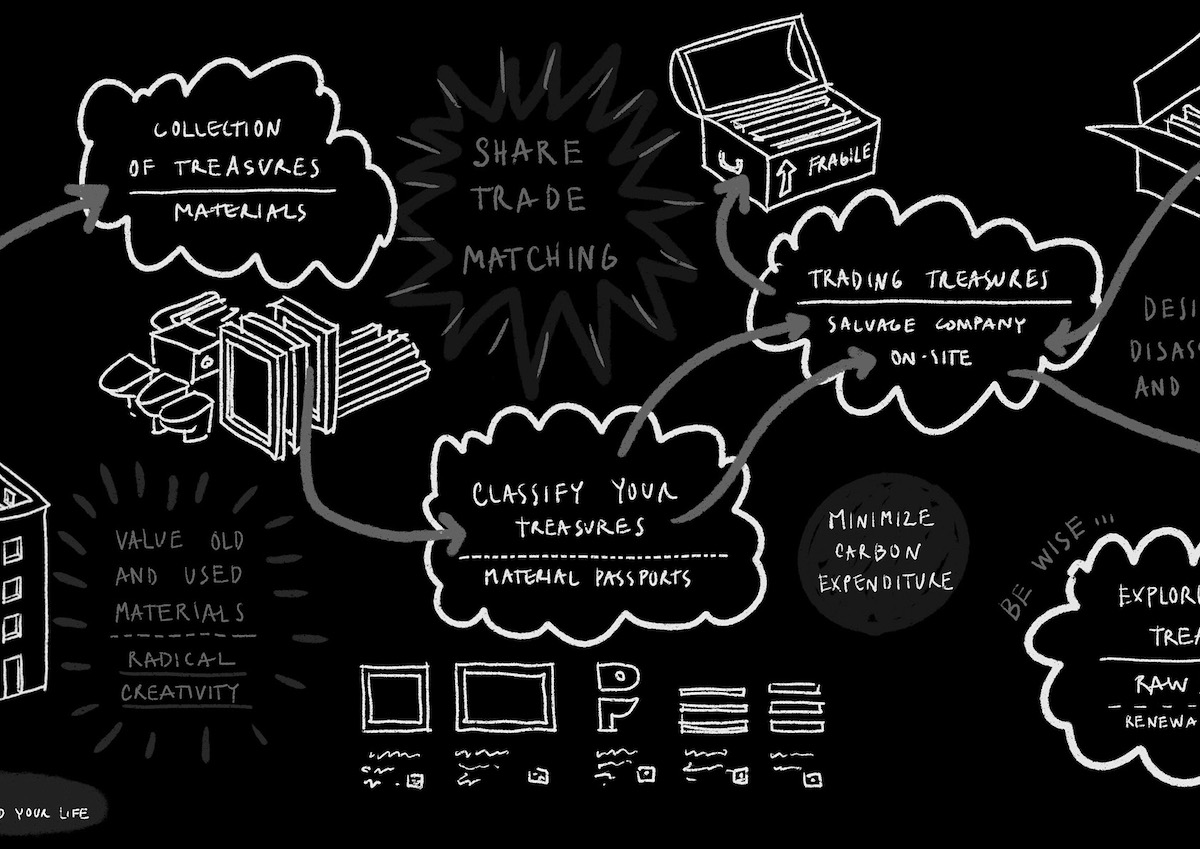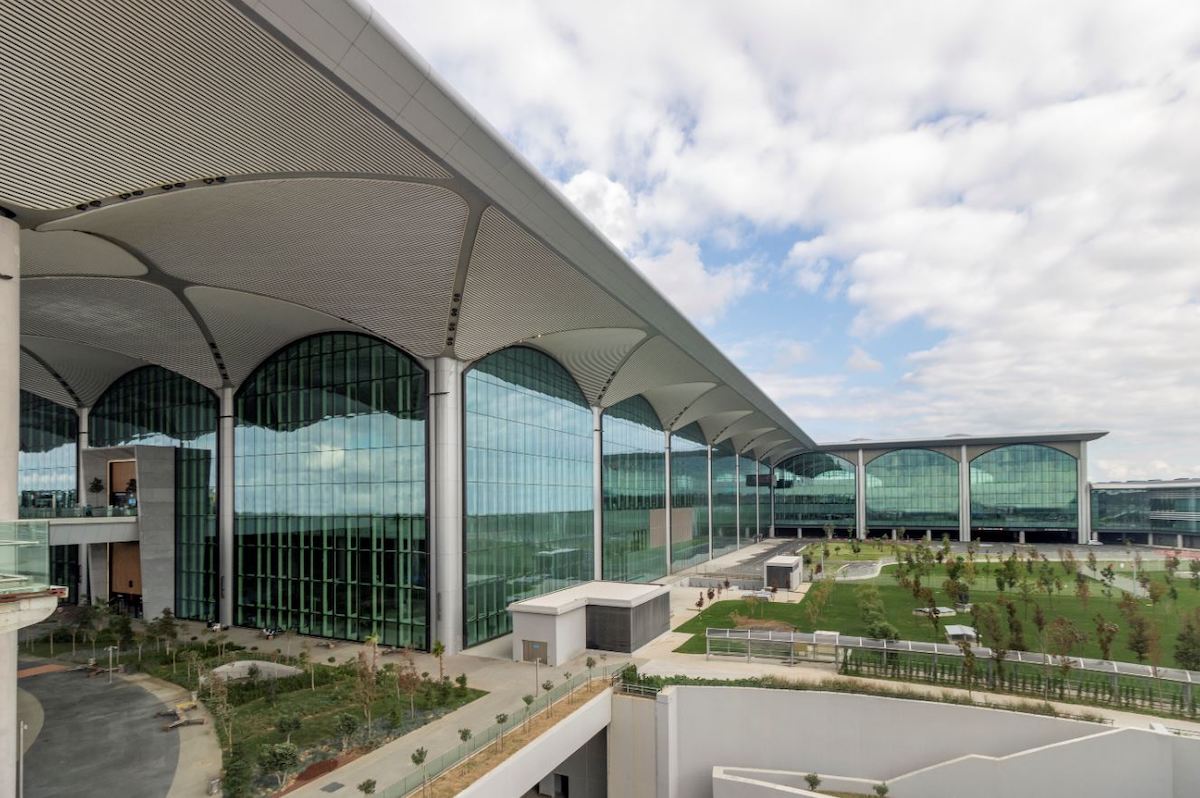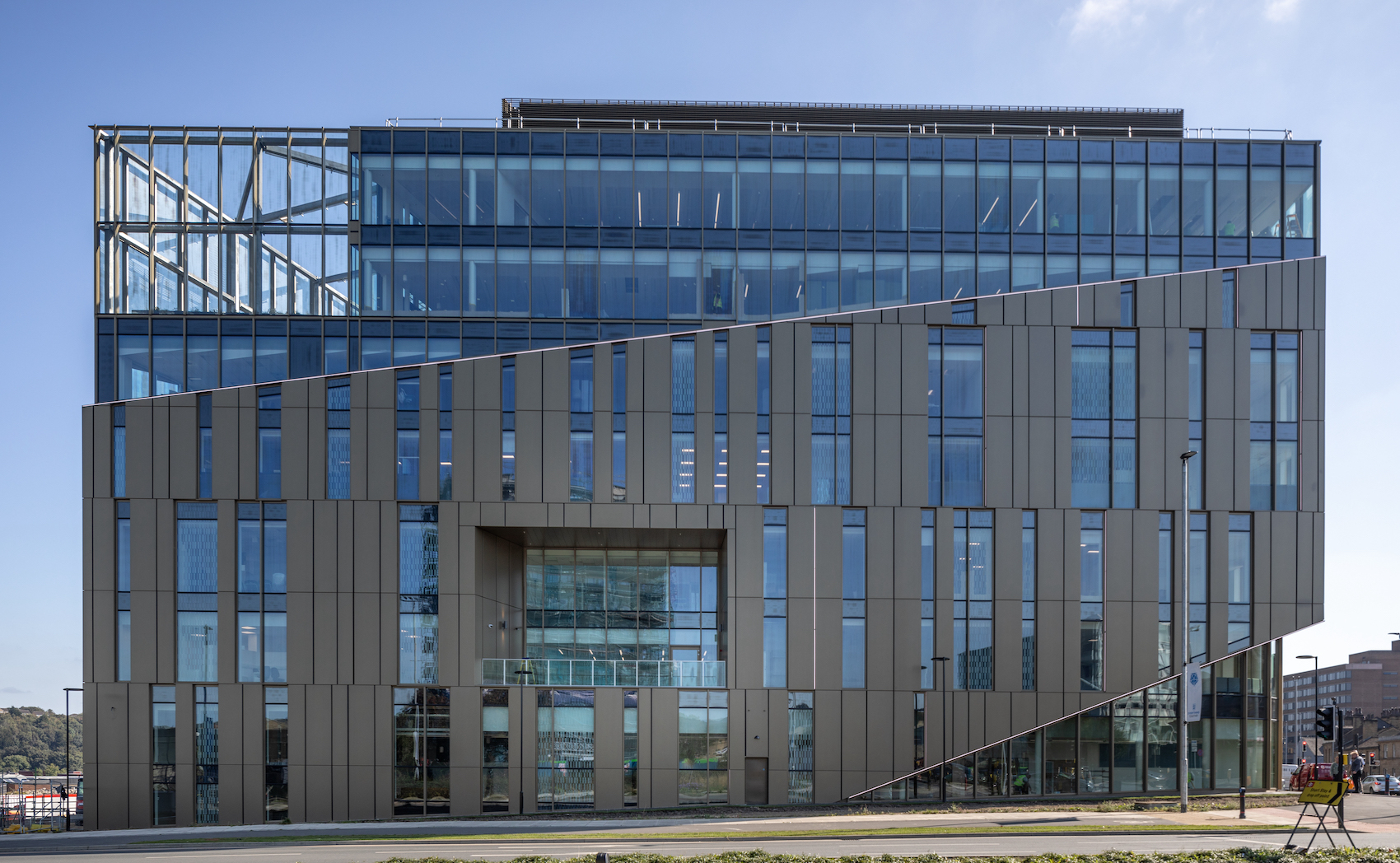Reynaers UK Technical Services Director John McComb explains how the company is taking an industry-leading stance on sustainability, which includes adopting the science-based target initiative (SBTi) and making a clear commitment to meeting net-zero targets.
In association with![]()
In 2015 at the Paris climate agreement a global commitment to reduce greenhouse gas emissions (GHG) to net-zero by 2050 was mandated in law. Science-based targets provide a clear pathway for companies to reduce GHG emissions, helping prevent the worst impacts of climate change and future-proof business growth. Reynaers’ decision to sign up to these SBTi puts net-zero at the heart of our corporate sustainability strategy. It also demonstrates our commitment to make the changes required across all aspects of our business, from the way we develop products, to their impact on the built environment, and how we operate as a company and as individuals to reduce emissions across our entire supply chain.
The SBTi demands that companies are completely transparent about the greenhouse gas emissions they are responsible for and how any changes we implement have a direct impact to reduce them. There are three areas, or scopes of emissions, that we’re looking at to meet the net-zero target.
First, we’re looking at the scope 1, or direct emissions, from sources we own or control, such as the manufacturing sites we operate. We’re also looking at how to reduce our scope 2 emissions, which relate to indirect emissions from the type of power and heating we use as a business, and scope 3, which covers all other indirect emissions in the wider supply chain. To achieve net-zero we must balance the emissions we generate as a company with those that our actions remove from the atmosphere.
In our sustainability strategy, Reynaers Act, published earlier this month, we provide a clear roadmap for how we intend to achieve this. This includes taking a proactive role in creating more sustainable buildings, increasing the prevalence of circular products, looking at making our operations more sustainable and in ensuring we have a positive impact on our people and society.
Sustainable buildings
Developing innovative products and services that have a positive impact on the energy efficiency, comfort, safety and long-term durability of buildings is key. We’ve already done a great deal of work on this, in part to meet regulatory changes to Part L here in the UK, and this has involved extensive testing and product innovation so we can offer our customers a broader range of low-energy systems with Passive House or Minergie certification. Providing architects and contractors with clear and accessible information on the sustainability credentials of our products is vital, so we’re looking at the wide-scale implementation of digital passports for all our systems, which will help architects, specifiers and contractors to make sustainable choices about the products and systems they use.
A circular approach
One of the most effective ways to reduce our embodied carbon emissions is by improving circularity across the entire value chain, which will increase building utilisation and reduce construction waste. We’re focusing on creating systems that retain their value throughout the entire lifecycle and offer the highest quality for as long as possible, from fabrication to the end of their useful life. Choice of materials is key to this. Avoiding materials and components that have a negative impact on the recycling process enables us to meet the highest standards of circularity. We’re also optimising the use of recycled materials in our products and systems, which have a much lower environmental impact compared with sourcing virgin material inputs.
Recycling the materials in our products more efficiently will also reduce their impact on the environment and emissions. As such we’re introducing digital product passports for all our systems by 2023. Each system will have its own passport containing details about material composition, sustainable features, maintenance and disassembly instructions, and much more. Having this important data available in one location gives our customers an advantage when recycling, repairing, or recovering our systems and their components.
Product certification
Another way in which we’re managing the circularity level of our systems is through product certification. Reynaers currently offers multiple Cradle to Cradle certified systems, including on the MasterPatio sliding system. We’re aiming to increase the number of bronze certified systems by 2024 and increase the share of certified circular products to 60 per cent of aluminium product turnover.
The road to net-zero is most certainly a challenge. However, the decisive approach by Reynaers to make fundamental changes to the way it acts as a business, partner and employer is already having an impact. We look forward to sharing details of our journey to net-zero over the coming months.
Contact Details
To find out more about Reynaers progress towards meeting its science-based targets visit the Reynaers website.








